Ofcom Side with Openreach Over Extra Charge for FTTP AltNets

Last year we reported that smaller full fibre building alternative UK broadband network providers (AltNets) were furious after Openreach imposed a “punitive” new fee on those using Ethernet (e.g. EAD) products to feed their FTTP service to end-users (here). You had to do some digging to find it, but Ofcom has chosen to uphold this.
The issue arose after Openreach shocked smaller AltNets with a new charge notification, which was introduced on 1st January 2021 and centred around “price changes for leased line circuits being used to aggregate FTTP to multiple premises” (Briefing GEN102/20). Suddenly those providers found themselves facing a new annual charge, which ranged from £560.00 +vat on 1Gbps Ethernet (e.g. EAD) products and goes all the way up to £11,060.00 for certain other optical spectrum products.
At the time Openreach said they were, “not obliged under regulation to provide network access using leased lines to intermediate nodes in the fixed network, which includes to intermediate aggregation nodes in FTTP networks, as they are not part of the relevant market where we have Significant Market Power (SMP).”
The move caused uproar among a fair number of smaller AltNets, which had been using Ethernet style leased lines to fuel capacity for FTTP to multiple homes and business premises from street cabinets or other aggregation nodes. Some called it “overtly aggressive,” while others said it was “punitive,” reflected “totally shocking behaviour,” and many agreed that it was a “massive game changer for the UK altnet industry.”
An Openreach Spokesperson told ISPreview.co.uk (Dec 2020):
“Openreach isn’t obliged to connect ‘intermediate nodes’ (such as street cabinets) for alternative FTTP providers, using leased lines. But if companies do want to use this route rather than building their own Full Fibre networks, we’re happy to connect street cabinets at a reasonable price.
Of course they can also use our nationwide network of ducts and poles, which Ofcom has specifically introduced for others to build Full Fibre, and is available under regulated prices, terms and conditions.”
Instead, the operator sought to steer altnets toward their Physical Infrastructure Access (PIA) product, which allows ISPs to run their own fibre through existing cable ducts, but this is seen by some as raising the barriers for the smallest players. EAD is very accessible and supplied as a fully installed and managed service, while PIA requires a lot more effort via compliance, training, labour costs etc. PIA prices are also going up.
On the flip side there was a concern that the way leased lines were being used by altnets to fuel FTTP may not be sustainable over the long-term. But countering this is the fact that Fixed Wireless Access (FWA) and Mobile cell site connectivity and backhaul is unaffected by this change (caveat: unlike FTTP altnets, wireless/mobile operators won’t always have the ability to build their own backhaul links).
In response, Ofcom confirmed that they were “aware of the concerns that have been raised and we are looking into them.” The answer came last week with the publication of their massive Wholesale Fixed Telecoms Market Review 2021-26 (here). On the surface this appeared to indicate that there would be no changes, but if you spent a few hours digging through the pile of digital paper work then there was a spot of bad news for small altnets.
“Generally, the way we define markets, for the purpose of ex ante regulation, is based on the service characteristics and the geographic area they are in – not what use the service is being put to. As noted in Volume 2, we define LL Access circuits as dedicated circuits between an end user site and the first point of aggregation (or in some cases between end user sites). Therefore, leased line circuits being used to aggregate FTTP to multiple premises may fall within the LL Access markets, depending on whether a FTTP cabinet is viewed as an end-user site.
However, the network access obligations that we impose in the LL Access markets reflect our strategy to promote network competition where it is viable. We will interpret the network access obligations in the LL Access markets not to require Openreach to provide active leased line circuits or dark fibre access circuits where they would be used to aggregate FTTP to multiple premises for the purposes of deploying a fibre access network.
We do not consider such access to be reasonable as telecoms providers already deploying their own fibre access networks are able to use PIA for these connections.”
No doubt some ISPs may yet find inventive ways of re-categorising their deployments to avoid Openreach’s charge, and it’s similarly unclear how this works for providers that may be serving both Fixed Wireless Access (FWA) and FTTP from the same cabinet (this does happen).
Equally, it’s unclear how Openreach would view situations where EAD is being used to serve gigabit broadband into MDUs (apartment blocks), where the last few metres into homes may be via copper (i.e. not true FTTP). At the end of the day, charging for a leased line on the basis of how it’s used, rather than what the product actually delivers, is a bumpy road, but it’s this road that smaller players will now have to navigate around.
Meanwhile, the Independent Networks Cooperative Association (INCA) has already criticised Ofcom for being “fixated only on incentivising BT to invest, dismissing the majority of altnets as bit players, recognising few of their concerns in the market review statement. If operators and their investors believe that the regulator is not willing to listen to their concerns and act on them it risks delaying deployment and undermining the government targets, particularly in more challenging rural areas.”
Mark is a professional technology writer, IT consultant and computer engineer from Dorset (England), he also founded ISPreview in 1999 and enjoys analysing the latest telecoms and broadband developments. Find me on X (Twitter), Mastodon, Facebook and Linkedin.
« Big Broadband Discounts at Shell, Gigaclear and CommunityFibre
Latest UK ISP News
- FTTP (5681)
- BT (3554)
- Politics (2590)
- Openreach (2335)
- Business (2313)
- Building Digital UK (2269)
- FTTC (2058)
- Mobile Broadband (2027)
- Statistics (1822)
- 4G (1715)
- Virgin Media (1665)
- Ofcom Regulation (1488)
- Fibre Optic (1419)
- Wireless Internet (1414)
- FTTH (1383)





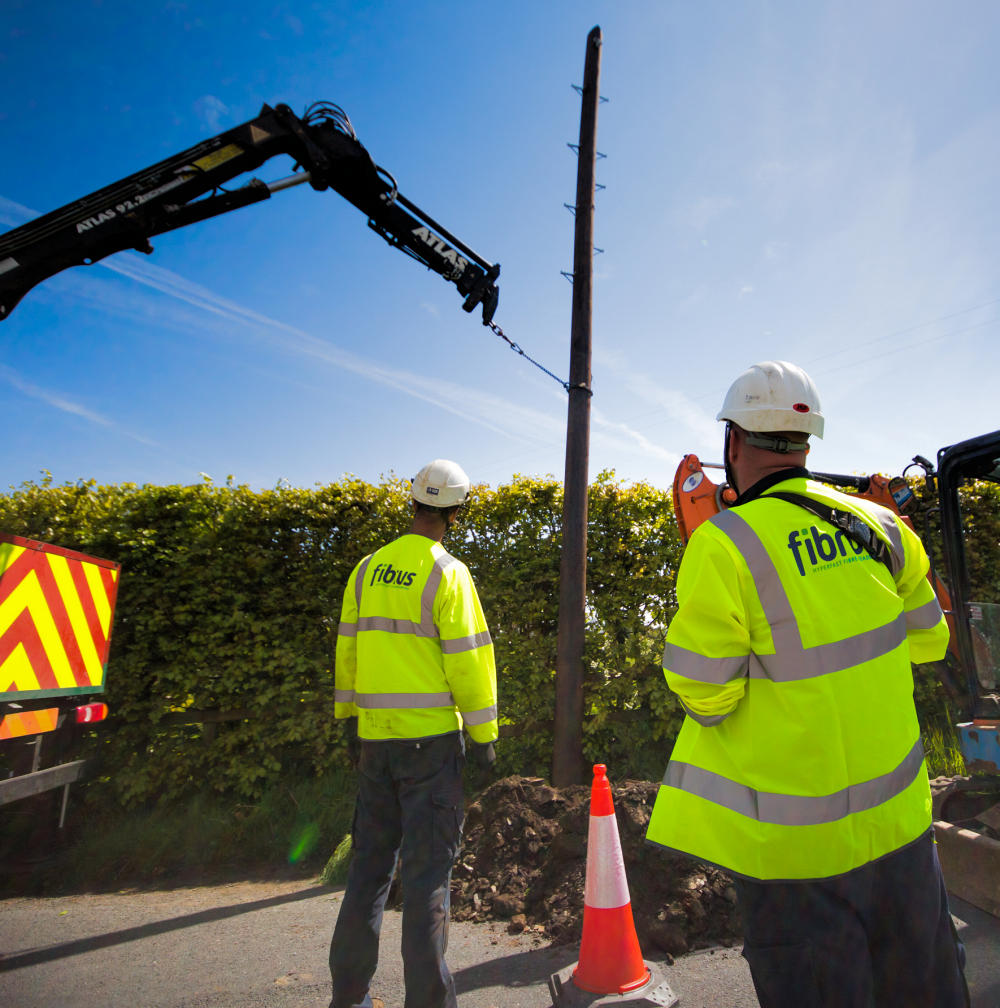
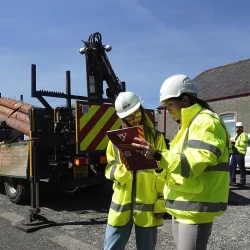





























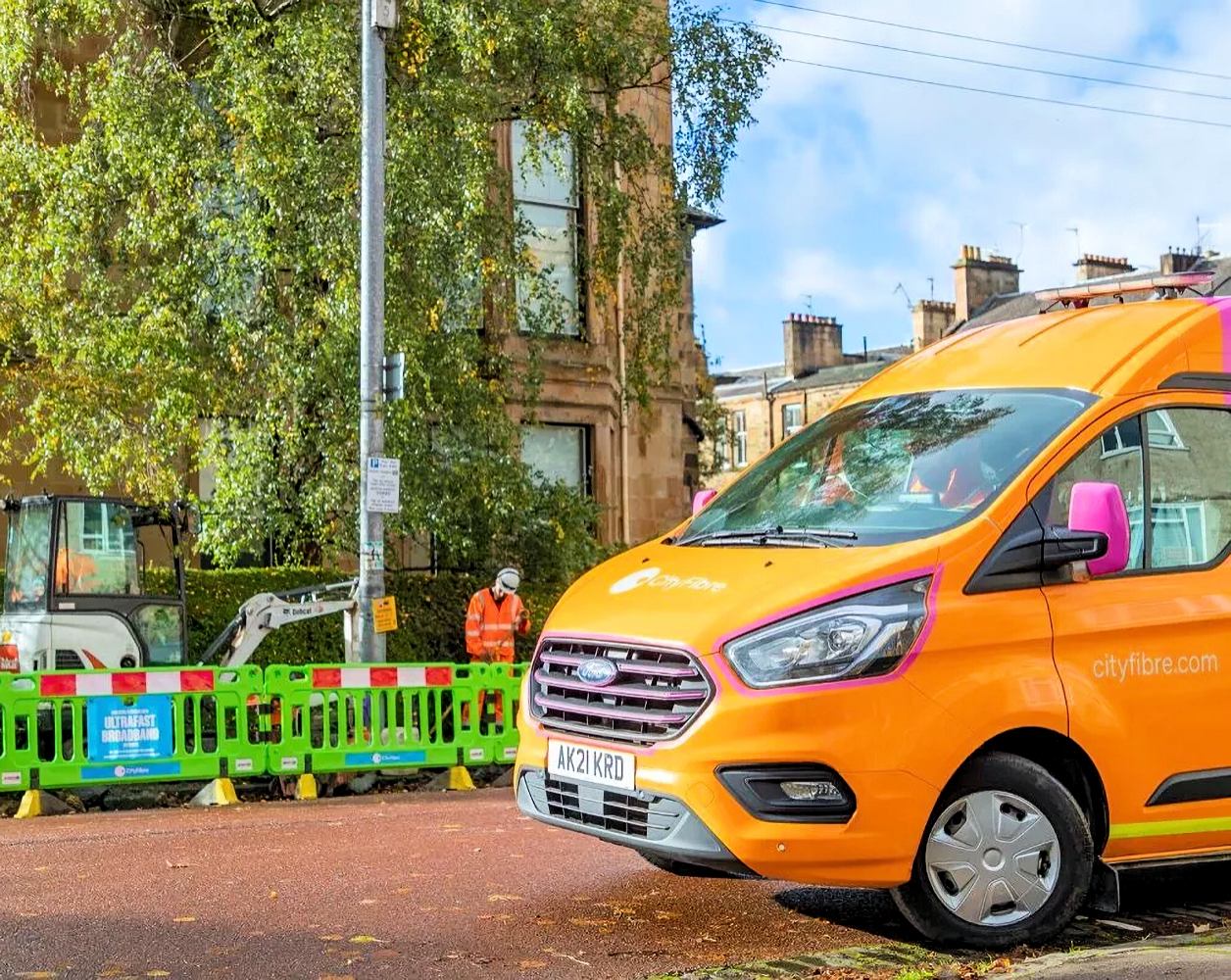





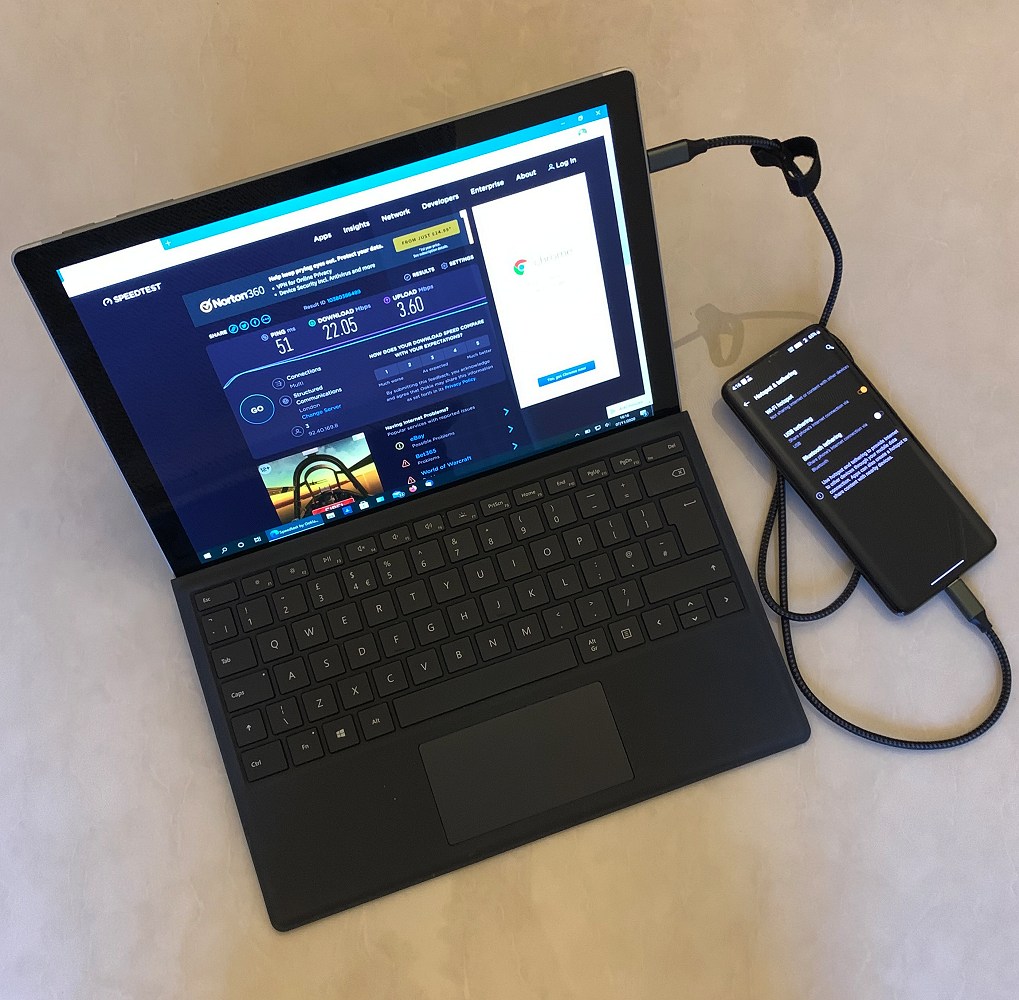


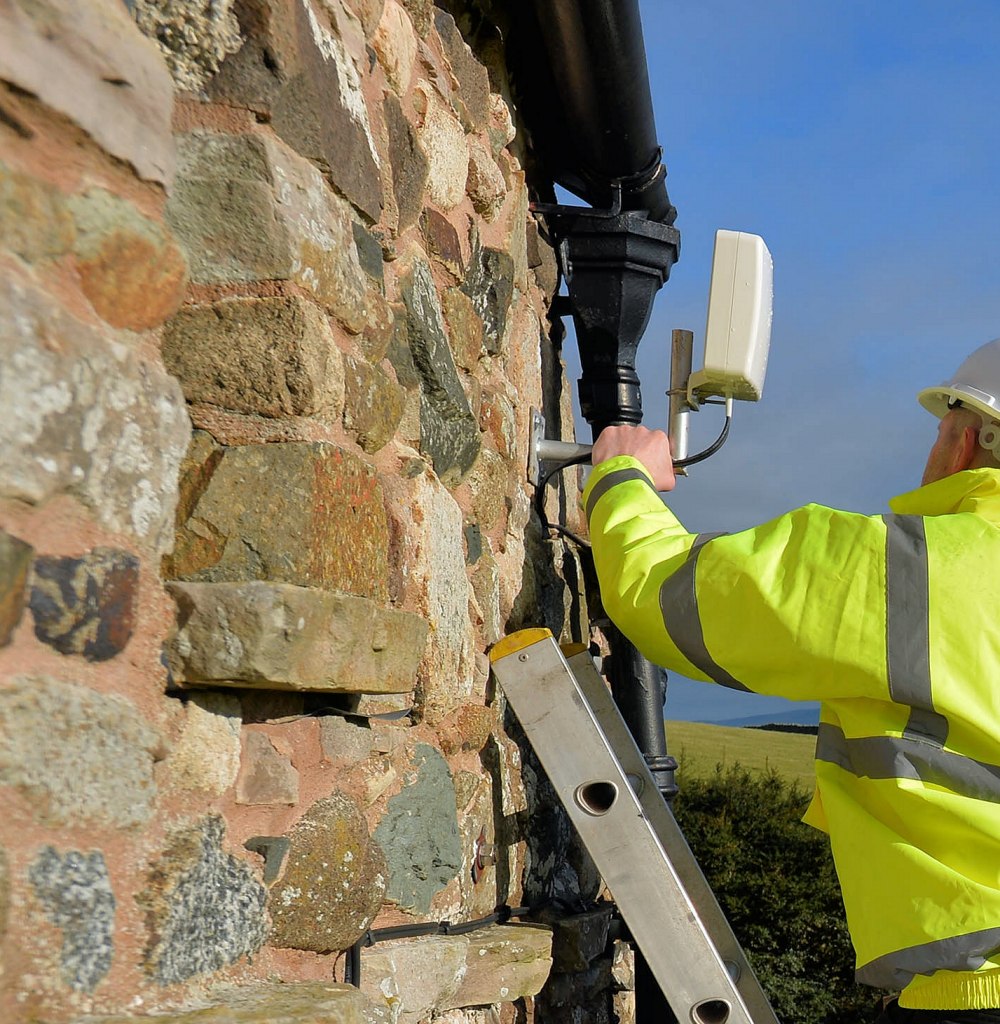







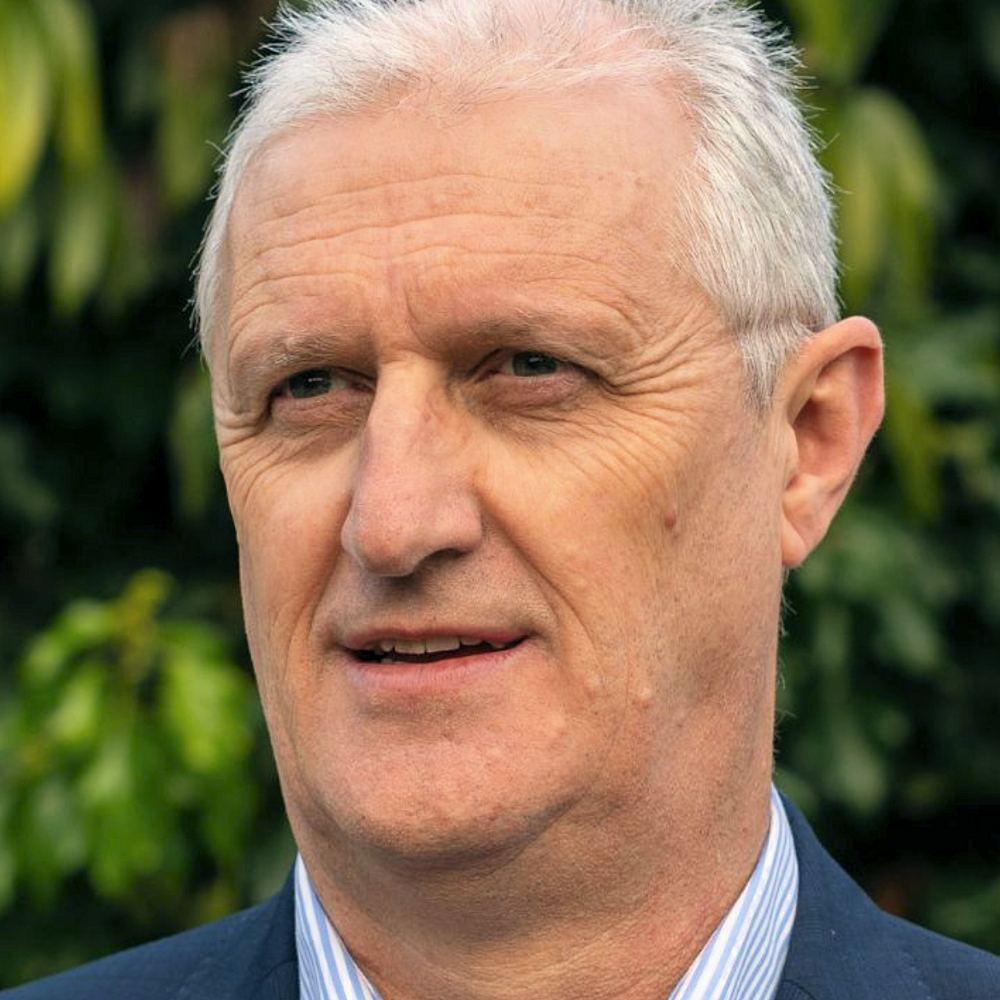

The Alt Nets are vital to keeping BT/OR/VM honest.
Without the Alt Nets BT would still be asking for a £25Bn handout to fibre up the country.
I find the whole debate very strange: why are BT so worried about how a specific leased line is used? I does feel anti competitive TBH. I’d get the argument if Alt nets were using domestic FTTP and splitting that. But splitting a full leased line is different as you are already paying a premium for bandwidth.
So ATMin our little ‘data centre’ we have a leased from BT and FTTP from an Alt Net. The fact that we collocate two other companies servers in our DC actually means we appear to be breaking the rules. But how do you truly know what is going on with a connection? You may have a big block of IP addresses each with a different business function or in the alternative each IP is allocated to a different sub business: how do you know? Where do you draw the line??
The trouble with this sort of thing is that legitimate business activity gets caught up into trying to squeeze competition out.
And I’m sorry to call it out but this is what this is: anti competitive practice. Poor that OFCOM couldn’t call this out too.
abuilder
The Alt Nets are vital to keeping BT/OR/VM honest. (really) that one view of altnets (might also be the other way round as well frankly)
Without the Alt Nets BT would still be asking for a £25Bn handout to fibre up the country.
honestly (be interesting to see what the current build programmes for all venders is projected – bet it wont be far off and might even be more)
if you want an EAD (for what an EAD is defined as) then buy and EAD – if you want to build a network use PIA
assume unhappy as they have been rumbled
Competition keeps all parties reasonably honest.
I do not for one second believe that BT/OR would be building FTTP at the rate they are if the Alt Nets had not started to show an accelerated build profile and demonstrated that the costs were not what BT used to say they were. OK I get that BT/OR are building faster in a week than everyone else does in a few months.
The £25Bn comment is more to do with what BT asked for in order to be bothered to do it. I am sure it will cost about that but the amount of subsidy that is required to get most of the way is tiny as it is mostly commercial monies.
Yes, I get the PIA, EAD, LL distinction but there has to be a middle ground to allow small ISP’s to start, at tadpole stage, with minimal costs before requiring them to construct their own elaborate backhaul. I really honestly don’t see why a village cannot band together and resell a link derived from the local FTTC DSLAM with a remote head end in it and this is what the argument is really about from my point of view.
All that BT is doing here is to make damned sure that there will be plenty of problems down the road when BT ask to use some of the connectivity being put in for their roll out. BT might be the ones listening to the dial tone.
Competition is something BT doesn’t like, thus it relies on OFCOM to protect it.
It certainly seems bizarre that leased line pricing should depend on the type of traffic that the leased line is carrying.
Not really, the way I see this BT have the EAD product designed for one entity. Alt nets picked up on this and have started divvying out the bandwidth and spreading if over multiple customers.
Backhaul isn’t free. This is to stop people buying one pipe and making a quick buck selling it to multiple FTTP Customers, leaving BT to handle the Backhaul and all the costs involved.
Absolutely. It is a dirty anti-competitive move, pure and simple. Ofcom failing to do anything about it is a failure of regulation.
It has nothing to do with capacity, an EAD is essentially a point to point dark fibre product with a single prescribed wave on it. The CP buying it still has to land it on their network somewhere and supply the transit to put packets on it. The cost to BT is exactly the same whether it goes to a single business premise, a cell site, or an FTTP cab belonging to a competitor. Despite the costs and delivery being the same, it is surcharging only one of those. Guess which one?
This is BT acknowledging that it isn’t going to play fair. It wants to overcharge the country for fibre deployments whilst behaving in an anti-competitive manner towards any entrants that show they can deliver better value.
If I ran, say, a cash and carry with dominant market position and charged a 100% markup only to certain kinds of business that I judged to be competitors I would be getting my collar felt. Instead Ofcom says, “perfectly fine, nothing to see here” and DCMS, learning nothing whatever from the BDUK money for old copper travesty, lines up another wodge to hand over to BT for what will turn out to be poor value deployments.
What a way to run a country.
One issue with swapping EADs for PIA is that it will most likely require AltNets to unbundle the serving Exchange in the area served by their infrastructure. With EAD they could connect it to another Exchange/PoP within 45km radius.
I wonder how much of a problem this will be.
I was against it, but Starlink is becoming more tempting by the day, as is 5G home broadband, compared to this utter farce.
So instead of having one set of cables with legal contracts and monitoring of an existing national network of engineers for connections. The monopoly cable and node owner would rather have altnets install all your own cables, which I presume still have to link back to the Open Reach exchange buildings, and it’s seemingly backed by the toothless regulator.
And it’ll all only lead to higher costs for everyone passed onto the customer, this on top of the ridiculous situation of having to apply for vouchers for tax money support.
But then I remember this IS the U.K., where it’s in our nature to find and implement the most difficult nonsensicle way to do things.
There are alternatives like SSE in major exchanges.
The issue being in the minor exchanges.
Ok OR want to phase out a lot of the minor exchanges anyway but still building 45km of private PIA fibre is a big cost deterrent as well as having to lease the duct/pole capacity.
Not to mention needlessly digging up fields or roads or pavements, literally just to install a cable to do the exact same thing as existing ones, only benefit being if it’s an altnet laying the fibre in a particular location before anyone else. But 45KM of fibre! What’s the going rate for that? A million? More? Which will lead small altnets to only target specific easy to reach areas I’d imagine?
I’ll be keeping an eye on Starlinks performance I think, their website is a breath of fresh air and the sign up process the simplest I’ve ever seen! Provide can learn an awful lot from them.
Difficult and nonsensical = creates jobs. Stimulus ftw!
Starlink~ = Skynet.
Can you imagine what society will look like when it becomes possible to connect everything?
When your car is permanently connected to the cloud, whether you’re driving it or not?
When you can buy an antenna for a quid a month with unlimited data?
It’s going to become possible to monetise things we’re not even thinking about right now, I imagine.
@boost, ‘Starlink = Skiline’ please, if you that paranoid about wearing your tin foil hat you’d better get off the internet and ditch every electronic device you own.
And I’m looking forward to everything being connected. Will provide ease of life. And if the markets not there they won’t charge for it.
It’s laughable to expect an alt net to PIA through OR’s broken/silt filled ducts or fix falling over poles for 45km to reach connectivity so they can build their network which they are only building because OR didn’t. It’s just obstructive.
We need to introduce the concept of an ‘owned line’ as well as a leased line. If a customer chooses to pay for fibre to an exchange, then they should have the right to determine which ISP uses the light on it.
It’s hard to imagine Openreach see the Altnets as competition. It seems more likely they are passing on a cost but what on earth could that cost be?
Could it be surveillance related?
Nope.
Still waiting for my gig
Great news! About time Openreach started to push back against the constant tirade of others getting more than preferential treatment, at Openreach’s cost and loss!
This is mirroring what Telecom New Zealand pulled and was oked by their version of Ofcom
Which is why the NZ Ministry of Commerce (competition and markets authority) stepped in abd forced it to be properly broken up
Lets face it if Openreach were given the £25bn and the rate they are building . There would be no need for Alt nets as they take too long to build , expensive and most have poor build standards and terrible terms in the T&Cs .
My electricity company does not care what I power with each watt, as long as I pay for it. O. The other hand my ISP may supply unlimited data, but still has the right to throttle my activity if I start running a business web server 24/7 because the price is based on an average domestic data flow. In the same way if I pay a landlord for 3 rooms it’s fine to fill them with members of my family. However they could object of I started sub-leasing the rooms
But this is not the same thing. An EAD is a bare point to point conduit, an empty pipe.
The ISP buying it still has to backhaul it and put packets on it at their expense. It is literally a bare fibre path with a BT owned media converter on both ends so that they can synthetically charge more for higher bandwidth products. That is all.
This is pure anti-competitive behaviour because BT is so damned inefficient that it can’t compete at local roll-outs, even when it already owns assets in the ground.
PIA is not always cost effective for a lot of altnets. Collapsed ducts silted up loads of TM needed.
It could cost £2-300k to use a PIA route of 15km. Depending where it is and the state of it.
It shouldn’t matter what traffic you are pushing down it. It’s a layer 2 link. The isp is still paying for the IP’s and the bandwidth going down it.
Shame….
If I buy a 1Gb national circuit back to Telehouse from SSE, Sky, Virgin or whoever and there is an EAD as the last mile access, do I now have to declare what I’m using the circuit for?
If it’s not going to a cabinet but into my comms room and I provide internet access to my customers is that the same use as going to a cabinet for FTTP?
A lot of questions.
And don’t say they can use PIA. In the example above I can’t easily PIA 10Km into an exchange to connect to SSE. The costs are nowhere near comparable. £200k vs £3600 a year.
I believe OR will be forced to offer dark fibre pairs again soon under a new Dark Fibre Access product, if OFCOM get their way. It will be interesting to see what that costs.